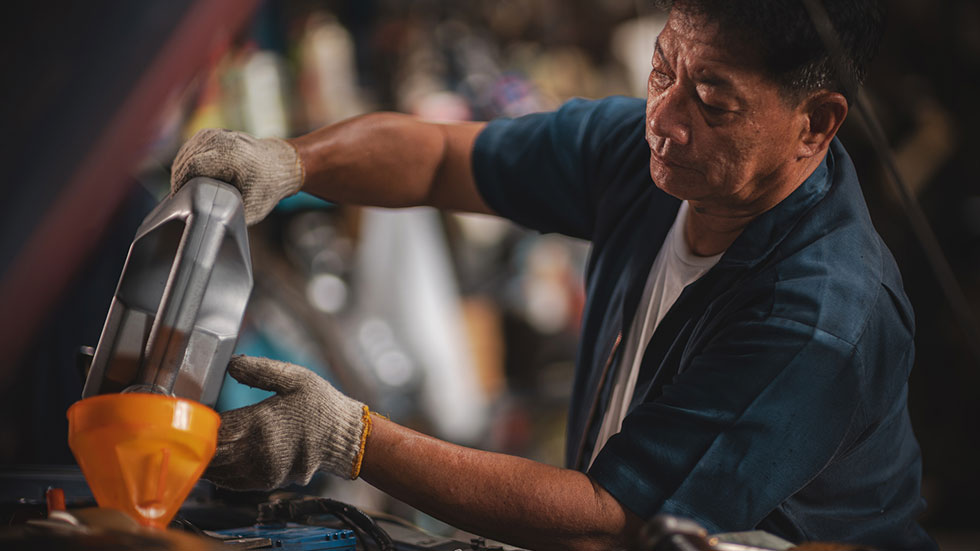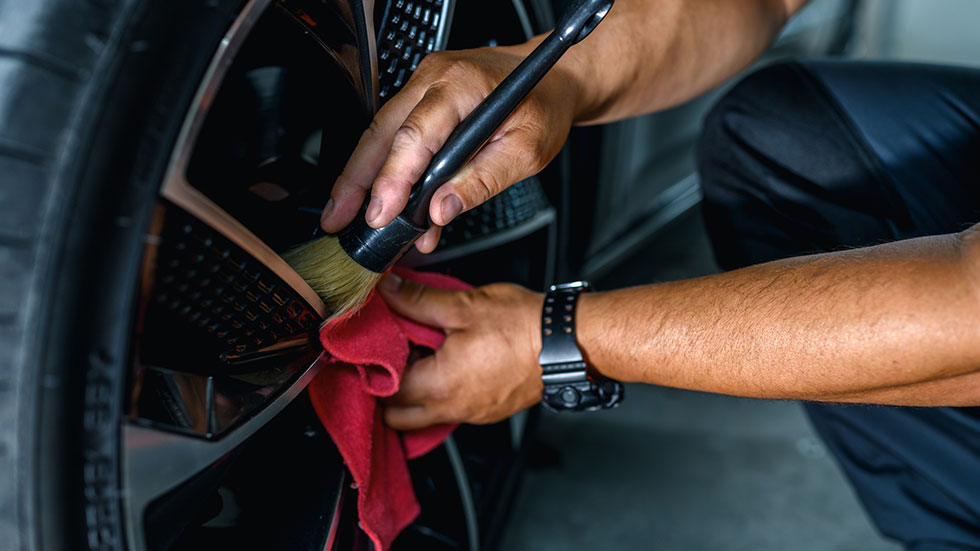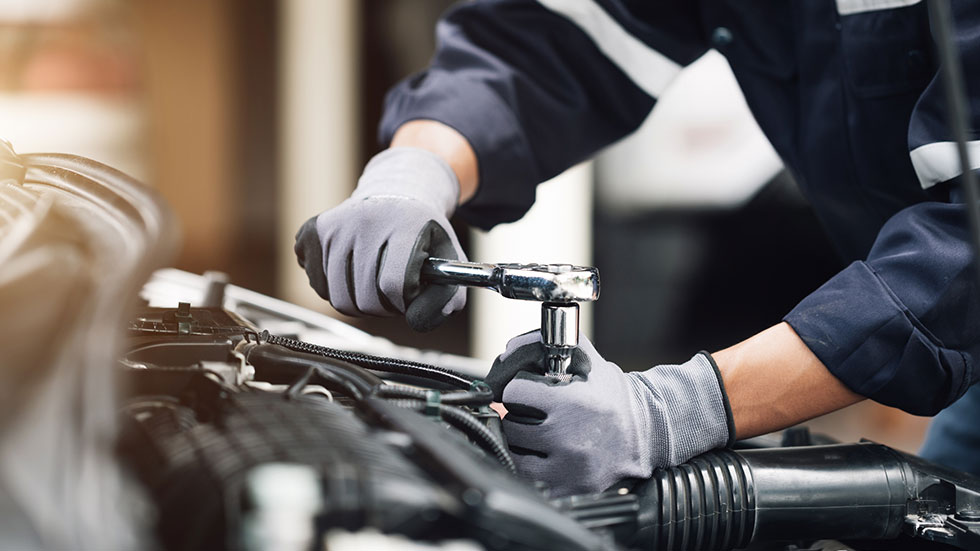

Even before the recent disruptions of the pandemic, chip shortages, and supply chain issues, the trend in vehicle ownership has long been to keep our cars and trucks longer, versus trading them in for newer rides. Part of this trend is attributed to the improved craftsmanship that rolled off assembly lines in the last two decades. As vehicle prices continue to rise, this trend has increased dramatically. Since 2000, the average vehicle age has risen from 8.9 years to 12.1 years.
With record inflation now driving up the cost of everyday items, it makes even more sense that we're looking at the vehicles sitting in our garage or driveway differently. Many of us want to protect our valuable investment so that it has a longer life.
While it may be tempting to cut corners on repairs or put off having that engine light checked, if your vehicle's longevity is your top priority, below are some of the most important tips. By following these, you can expect to be driving your vehicle well over the 150,000-200,000 mile mark.

Hit your oil change intervals
Fuel may make your vehicle go, but your vehicle's oil is its life blood. Every intricate part and component of your motor needs lubrication to function, and to stave off heat from friction. This means hitting your oil change intervals as often as possible will keep your motor oil fresh and flowing freely for tens of thousands of miles to come.
Check fluids regularly
The age, cleanliness, and levels of all your fluids are important for keeping your vehicle running smoothly and safely. Brake fluid with air in it leads to soft, squishy, unsafe brakes, while dirty transmission fluid can lead to invasive and costly repairs. Check your fluids often for cleanliness and to make sure there are no leaks.
Check and replace filters and belts
Filters and belts may not be the most glamorous components to repair, but they impact almost every function of your vehicle's operation, from the timing of your engine cylinders to the filtration of air to the motor. When you make the effort to keep them clean, free of damage, and in working order, you'll notice your vehicle runs smoother for longer.

Check your tire pressure and tread depth regularly
Since tires are replaced every 40,000 miles or so, it may not seem like regularly checking the air pressure and tread depth will do much to extend the life of your vehicle past 150,000 miles. However, as the single point of contact between your vehicle and the road, your tire health is critical to keeping the other steering components of your vehicle working smoothly. For example, under-inflated or improperly aligned tires can prematurely wear components like shocks and joints, leading to costly repairs.
Find a mechanic you trust and stick with them
While dealerships provide excellent service and OEM (manufacturer) parts, once your vehicle passes the 75,000-mile range and most of its parts are out of warranty, it makes sense to find a reputable independent mechanic to care for your older vehicle. ASE-certified mechanics can give you advice to keep your vehicle running affordably and, over time, will get to know the nuances of your particular car.
Wash and wax your vehicle
Protecting the clear coat on your vehicle doesn't just look nice. It also removes the buildup of harmful dirt and debris that can prematurely age components of your vehicle. Plus, regularly washing the undercarriage of your vehicle—particularly if you drive where roads are salted in the winter—can prevent harmful rust buildup.

When you buy, know the repair history
With dozens of online resources, it’s possible for consumers to research their purchases from top to bottom, and choosing a vehicle should be no different. Taking the time to read reviews on the models you’re considering and understanding the repair history and associated costs will pay dividends during the time you own the car.
In the end, there’s no great secret to owning a vehicle that runs reliably past 100,000 miles. But, behind every dependable vehicle with an odometer over the 100k mark, you’ll likely find an owner who hasn’t cut corners on maintenance. Instead, they've protected their investment by addressing issues as soon as possible, before they spiral into more expensive problems.
